Photography by Jeff Allen
Every time I saw the Guzzi in my rearview mirrors, I flinched and wondered if I should pull over and produce my driver's license for the man with the big shiny boots and Ray-Bans. The Guzzi's classy retro styling, like the Harley's, hearkens back to another era, when a 629-pound bike with hard saddlebags and chromed engine guards was considered huge rather than charmingly minimalist.
The look and sound of the Guzzi goes all the way back to the V700s, Ambassadors and Eldorados of the late Sixties and early Seventies, so you'd expect it to be outclassed in our modern 8-pack. Not only is its engine more than 500cc smaller than the next biggest, but it uses an old transverse, air-cooled, pushrod V-Twin that's been around for decades. And the Triumph has twice the Guzzi's displacement.
Nevertheless, the California Vintage seemed to hold its own in the hands of most of the dreaded Death Mongers, and nearly all our group placed it among their three or four favorites. Yes, it is underpowered compared with some of the others, but that just meant the rider had to hold the throttle open a little wider to keep up with the group. And it did keep up, easily, most of the time.
All riders seemed pleased with the Guzzi's ease of handling and cornering, and with its generous cornering clearance. The bike weighs 117 pounds less than the next lightest bike and 237 pounds less than the heaviest, a difference that probably equals the weight of your first motorcycle, or a good modern motocrosser. This simply made it feel more agile than the other seven bikes. And you could back it out of a downhill parking spot without a ground crew. What a concept.
With its excellent Brembo brakes and quick steering, the Guzzi was great for attacking tight corners, but the bike developed a noticeable high-speed weave in the 80–100-mph range. Turning the steering damper to full strength calmed this down to a merely subliminal level. Ride quality, though, was among the best of the bunch, feeling taut but not harsh. Both ends absorbed the brunt of almost all road bumps, making for an excellent ride unhampered by wallow or clown-effect bobbing.
Wind protection was quite good for most riders, though not quite up to Harley or Triumph standards, and the hard-shell fiberglass saddlebags, with their clamshell tops and reasonable luggage space, were a big improvement over the leather-bound Pony Express items on some of our stacked-pipe bikes.
Perhaps what endeared the Guzzi most to our group was the feeling that this was a "real" motorcycle—light, efficient and no larger than it had to be, the product of logical development rather than an exercise in one-upsmanship. It's an enthusiast's bike.
And you'll have to be an enthusiast to find one—and maintain it. Our main reservation with the Guzzi was its sketchy dealer network. Unless you're lucky enough to have a shop nearby, you'll have to do some home-wrenching to own one. But at least you can.
Besides that, it has a cool factor unequaled in this batch of bikes. To this Death Monger, it looks good, rather than just glitzy.










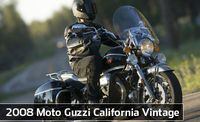
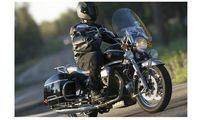
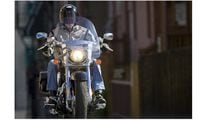
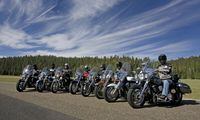
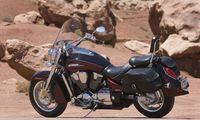




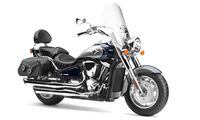
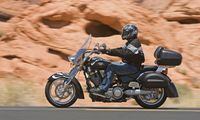
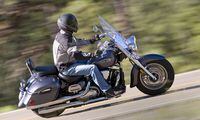
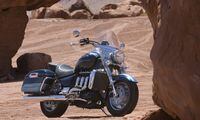
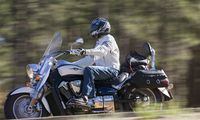
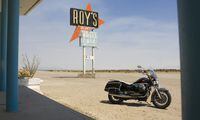
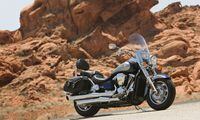
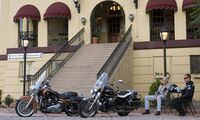
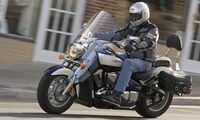
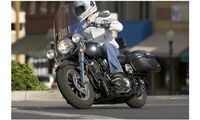
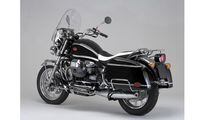
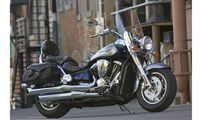
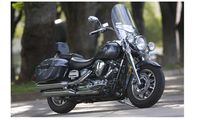
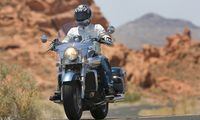
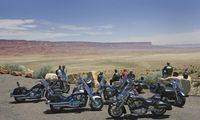
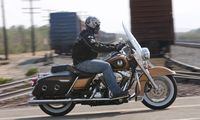
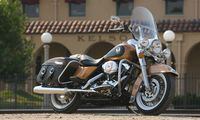
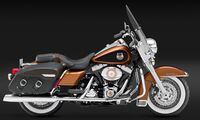
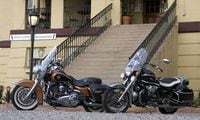
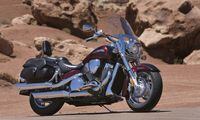
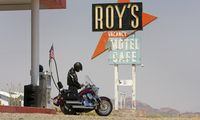

/cloudfront-us-east-1.images.arcpublishing.com/octane/VHUK3FH6WFHLTHN7CKCATU36LM.jpg)
/cloudfront-us-east-1.images.arcpublishing.com/octane/HC4P3CYOXFF3NGXCQTGORFRYNY.jpg)
/cloudfront-us-east-1.images.arcpublishing.com/octane/ZNANUJGGKVBIFH3VRZ32BYC454.jpg)
/cloudfront-us-east-1.images.arcpublishing.com/octane/JACAJ4MPKJBTDBOZRTHXZAKLTA.jpg)
/cloudfront-us-east-1.images.arcpublishing.com/octane/7L3YWQXRBRECXMWQ6NBVAHU2EY.jpg)
/cloudfront-us-east-1.images.arcpublishing.com/octane/BPD5CKH5IFGDLG67Y24UMOXXGA.jpg)
/cloudfront-us-east-1.images.arcpublishing.com/octane/CHQ32B6TVBEPVFNPERY3AB2H3M.jpg)
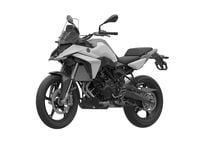
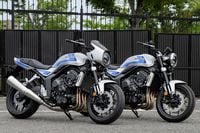

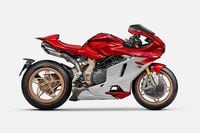
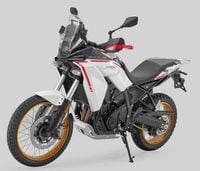


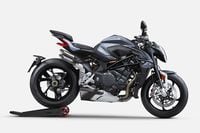
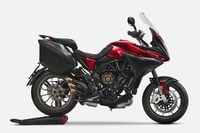
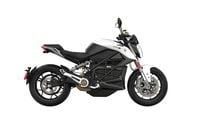
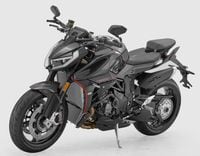




/cloudfront-us-east-1.images.arcpublishing.com/octane/URQMNYZZ6ZBM5LXGREBV3Y72OM.jpg)
/cloudfront-us-east-1.images.arcpublishing.com/octane/XH2ETEU4NVGDFNQO2XT2QQS5LU.jpg)